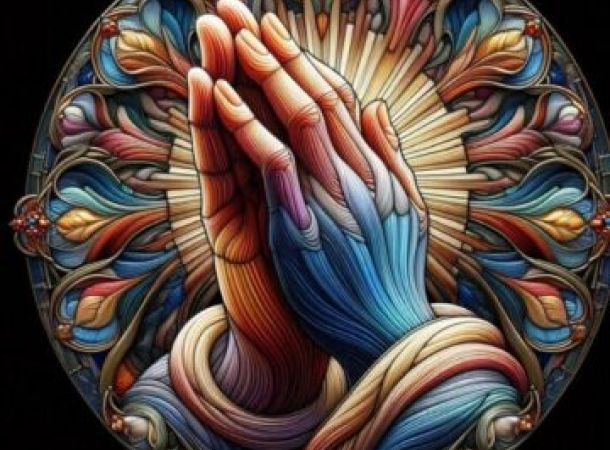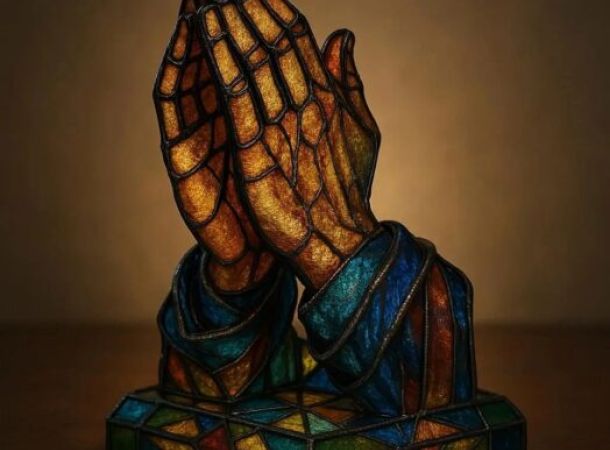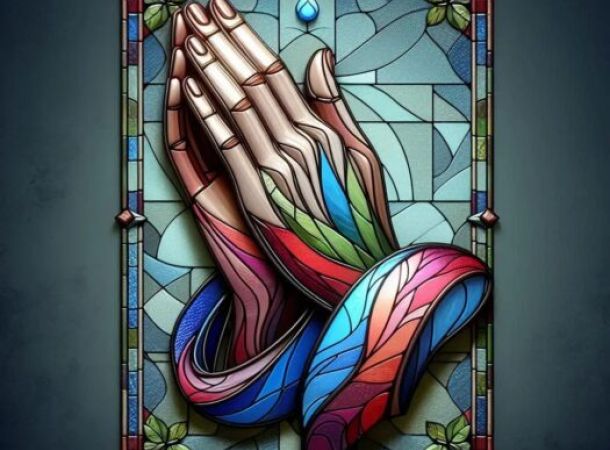Bereishit (In Beginning)
The Torah is the first five books of the Bible. Across the world, there are hundreds of thousands of people reading the same portion of Scripture at the same time. We call the part of Scripture read each week a Torah Portion. Many scholars translate Torah as law; however, instructions would be a better and more accurate translation.
Last Saturday was the beginning of the Hebrew Biblical Year. The Beginning is called Bereishit in Hebrew. We start reading the Torah from the beginning and culminate at the High Holy days in the Fall. Let’s start over at the beginning to create a thread, or try to, from beginning to end. It will be so much fun!
The Bible is not a Science book. It is not worried about dating the heavens and the earth or giving us information on alien life. Instead, it is a story about the Creator and His Creation. There is a Scientific term called Biogenesis which states that all life stems from life. Biogenesis is the foundational Biblical understanding. A Living God sustains all life.
The Hebrew text is Ancient and uses symbolism and imagery that is very different from our Western worldview. I would suggest that the Creation narrative is a pattern repeated throughout the Scriptures. The Garden of Eden would be a prototype of the Kingdom of God. Here is a personal understanding of the Beginning.
One Day– Primordial Light of Life. Science testifies that light sustains all life. Darkness represents the shadow of death and chaos, described as a land without order (Job 10.21-22;12:22). Darkness can also symbolize a human without internal order, even unrighteousness.
Proverbs 4:19: The way of the wicked is as darkness: they know not at what they stumble.
Water, the seas, and the deep are all images of external chaos, symbolic of the nations or the nations’ armies coming against Israel. In the Ancient Near East (ANE), where these writings originated, many myths describe a chaotic entity that a Divine Being controls or brings to an end. The Spirit hovering over the waters is an ancient image of conquered chaos.
Genesis 1:2: And the earth was without form, void, and darkness was on the face of the deep. And the Spirit of God was hovering over the face of the waters.
Second Day-Division of Waters. Badal in Hebrew means to divide or separate. Upper Waters, or the shamayim, is where birds dwell, the entities sustained by the Holy One. Manna and quail that God provided as food for the Israelites in the wilderness come from the shamayim. The lower waters represent the nations and self-sustenance. Trust in God is abiding in the upper waters. Self-reliance, trust in wealth, government, or any human system dwells in the lower waters.
Jeremiah 17:5;7: Thus says the Lord, “Cursed is the man who trusts in man and makes flesh his strength, whose heart departs from the Lord… Blessed is the man who trusts in the Lord and whose hope is in the Lord.
Third Day-Trees represent people and Kingdoms. In Genesis, we have two trees, one that ends in life and one in death.
Genesis 2:9″And out of the ground the Lord God made every tree grow that is pleasant to the sight [and] good for food. The Tree of Life was also in the midst of the Garden and the Tree of the Knowledge of Good and Evil.”
Then we continue to see two trees throughout the entire Bible. One will be uprooted and burned, and one will be planted and sustained. Here is a wicked tree contrasted with a righteous one found in the prophets.
Jeremiah 17:6;8: For he shall be like a shrub in the desert, and shall not see when good comes but shall inhabit the parched places in the wilderness, in a salt land which is not inhabited… For he shall be as a tree planted by the waters, which spreads out its roots by the river and will not fear when heat comes, but its leaf will be green; and will not be anxious in the year of drought, nor will cease from yielding fruit.
We are talking about kingdoms when we see a tree rising its boughs into the heavens or lifting its branches for birds to dwell in and beasts to dwell under its shade.
Ezekiel 31:6: All the birds of the heavens made their nests in its boughs; Under its branches, all the beasts of the field brought forth their young; And in its shadow, all great nations made their home (Referencing Pharaoh’s Kingdom in verse 2).
Fourth Day-Sun, Moon, and Stars made to RULE (memshalah-to rule or have dominion) over the day and the night. Stars are symbolic of rulers. The Israelite judges are called rulers, as in Exodus 18:25. There would eventually be 70 elders or judges chosen to rule over God’s people in righteousness and justice. They were to reflect the light of the Torah or the Wisdom of God. God places the luminaries in the heavens as ot (signs) and moed (seasons) to display God’s appointed times. They show us the calendar of the Kingdom of God. They are the rhythm of God’s song.
Fifth Day-Fish and fowl are created and commanded to produce and multiply “after their kind.” People are birds and fish. More specifically, subjects of a kingdom. Yeshua says He will make us “fishers of men” in Matthew 4:19.
“Yet when planted, it (The seed of the Kingdom) grows and becomes the largest of all the herbs. It puts forth big branches, so the birds of the air can nest in its shade.”
Sixth Day-Man and Beast. Man (Adam) reflecting his Beastly nature is the first Adam. Yeshua is the last Adam, the one who perfectly reflects the Spirit. Adam was given dominion as the representative of the Tree of Life, placed in the center of the Garden of Eden (Gen 1.28).
Where do we have tree language in the Apostolic Writings? We can find quite a few connections.
A good tree cannot bring forth evil fruit. Neither can a corrupt tree bring forth good fruit. ~Matthew 7:18
Either make the tree good, and his fruit good, or else make the tree corrupt and his fruit corrupt: for the tree is known by his fruit. ~Matthew 12:33
Now the works of the flesh are evident, which are: adultery, fornication, uncleanness, lewdness, idolatry, sorcery, hatred, contentions, jealousies, outbursts of wrath, selfish ambitions, dissensions, heresies, envy, murders, drunkenness, revelries, and the like,…But the fruit of the Spirit is love, joy, peace, longsuffering, kindness, goodness, faithfulness, gentleness, and self-control. Against such, there is no law. ~Galatians 5: 19-23 (accent added)
Fruit is the sustenance that grows on trees, so this symbolism tells us that not only are we trees, but our thoughts, words, and actions produce fruit. The fruit of the Spirit of God ends in life, and the fruit of humanity, in its unrenewed state, leads to death (the fruit of sin). What kind of fruit do we produce daily to sustain those close to us?




Leave a Reply